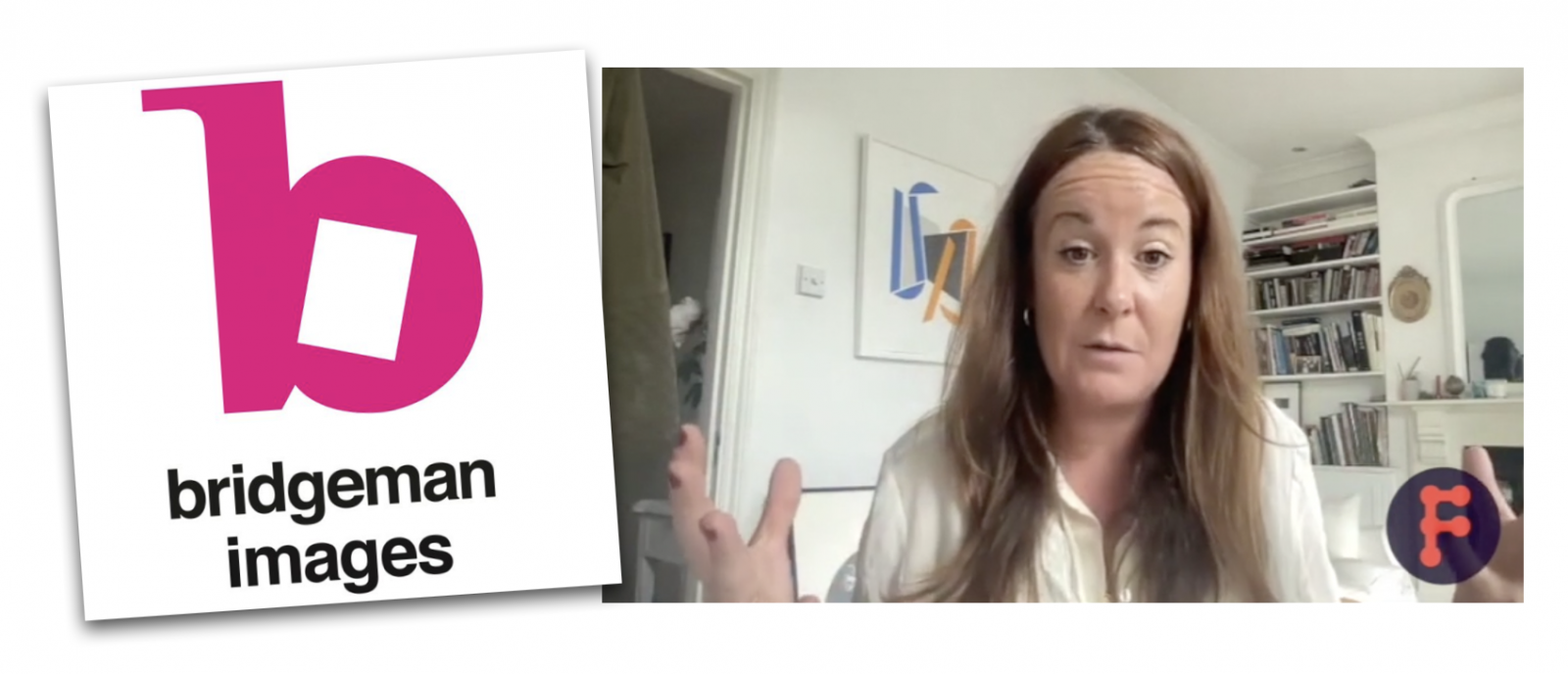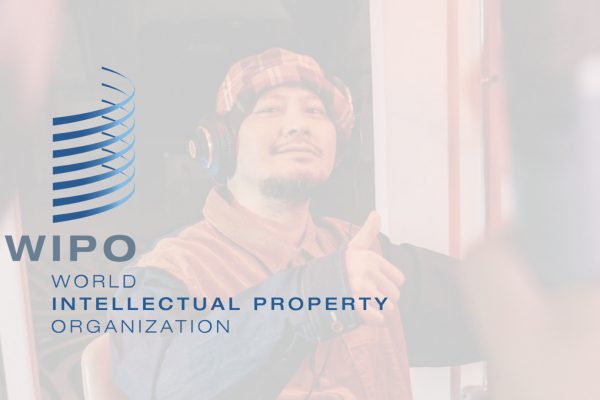World Intellectual Property Organisation on why scales of economy are so important in protecting content rights
The creative industries, and the intellectual property on which they are built, represent significant contributors to GDP across world markets, as research from the World Intellectual Property Organisation (WIPO) shows. The organisation is one of the 15 specialised entities of the United Nations (UN) that focusses on specific sectors, and at a recent digital event, Miyuki Monroig, Associate Officer for the Copyright Law Division of WIPO, provided an overview of some of its key areas of focus…
“Let’s say you are a music composer and one day you go to a restaurant,” says Monroig. “Suddenly, you hear your music playing in the background of that restaurant, to help create a good atmosphere. If you are a friend of the owner of the restaurant, you may wish to talk with them directly and I agree that the restaurant may play your music, perhaps even receiving some money from that owner.”
“However, this of course does not always work. You just cannot do the same for all the restaurants, not only in your home town, but also all the regions of your country. Plus it is not only the restaurants, you have cafeterias, stadiums, shopping malls, hairdressers, airports, and so on and so on.”
“So it’s just impossible for you, the rights holder, to monitor your works in all of those different places. It is then where the collective management organisations (CMOs) become important. And thanks to a sort of economy of scale, whereby they manage the rights of other musicians in addition to you, it becomes possible to monitor the entire ecosystem.”

In addition to monitoring usage, CMOs negotiate tariffs and conditions, grant licenses and importantly, also collect fees from users and distribute them back to the license holders. It’s an area of work that is not restricted to the music and film sectors, but plays an important role in any area in which content is created.
It’s a topic that, as the world was beginning to emerge from lockdown at the end of last year, Bridgeman Images provided us with some unique insight on:
“We’re no different from the music publishing industry,” Aretha Campbell, Artist Manager for Bridgeman Images told us. “When I speak to somebody and they don’t know much about the artworld or what we do, maybe they know about music, and I think that’s a really good comparison. Bridgeman images is art publishing, just like music publishing, and it’s very similar to how you work with royalties, licensing, and of course copyright is hugely important.”

“Even things like Instagram… people don’t understand, but if you look at it (and I definitely didn’t look at this when I first signed up) the contract you are signing means that they can actually license your pictures, because you agreed to the terms and conditions. This hasn’t come up yet – as in we haven’t seen any actual cases of this happening – but it’s a really good thing to be aware of. Always read the information because you never know if you’re an artist, particularly further down the line, what somebody may try and do and how they may use your image.”
For FIPP, the issue of IP is never too far from the top of the international agenda, as media owners around the world look to license their content across different markets to maximise profits. WIPO provides some fascinating insights, as well as tangible solutions, regarding free, fair, and expansive international content usage, and you can find out more about them here.










